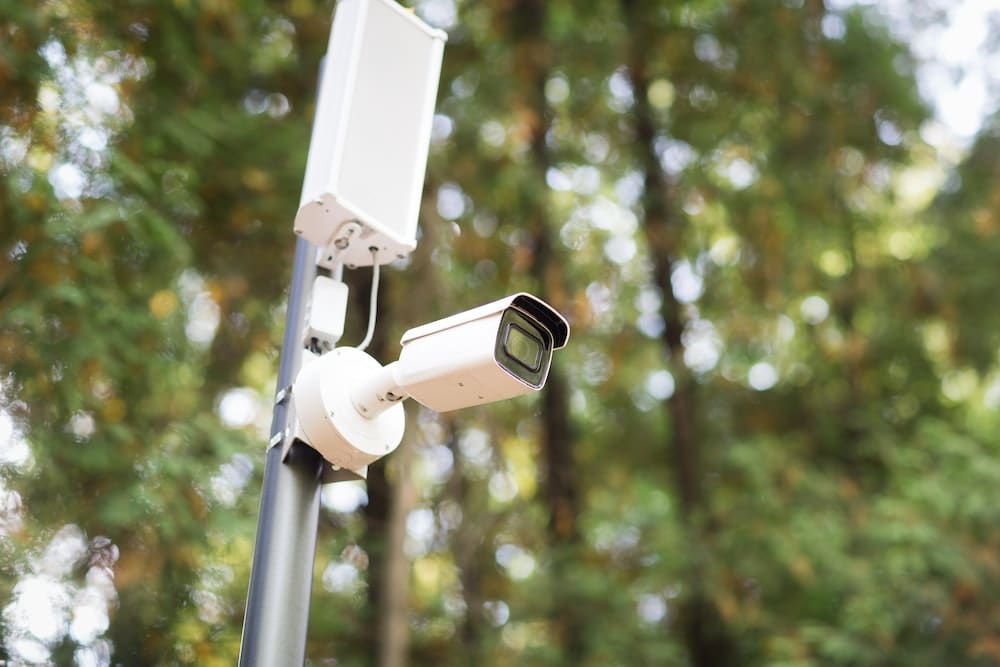What’s the Best Way to Monitor Your Pet’s Health with Wearable Technology?

In an era where technology and the Internet of Things (IoT) have dominated various aspects of our lives, they have also permeated into the realm of pet care. As pet owners, you are always seeking ways to ensure the health and wellbeing of your beloved companions. Now, with the advent of wearable technology specifically designed for pets, monitoring your pet’s health has never been easier or more accurate. This article will delve into the various wearable technologies available, how they work, and the data they provide to keep your pets healthy and happy.
Understanding Wearable Pet Technology
Before diving into the specifics of wearable pet technology, it’s essential to understand what it entails. These are smart devices, often in the form of collars or harnesses, equipped with sensors that gather data about your pet’s activity and health parameters.
Avez-vous vu cela : What Are the Best Non-Toxic Cleaning Products for a Home with Pets?
Wearable technology is not new in the human health sector; fitness trackers and smartwatches are commonplace. Advances in technology have allowed this trend to extend to pets, enabling you to keep tabs on your pet’s health in real-time. Data collected from these devices is often accessible through a corresponding app on your smartphone, providing you with visibility and control over your pet’s health anytime, anywhere.
The Role of IoT in Pet Health Monitoring
The Internet of Things (IoT) plays a significant role in wearable pet technology. IoT is the concept of connecting any device with an on and off switch to the Internet, and to each other. In pet health monitoring, IoT devices collect, send and act on data they acquire from their environments.
En parallèle : What Is the Best Bedding Material for a Horse’s Stable?
Many of these IoT devices are wearable technology, such as smart collars, that monitor your pet’s vital signs, behaviors, and locations. These devices use sensors and software to collect data and then use Wi-Fi or Bluetooth to transmit the information to your smartphone or tablet.
The IoT has revolutionized pet care, allowing for real-time monitoring and data collection. By providing insights into your pet’s health, these devices also enable vets to make data-driven decisions which results in better care for your pets.
Types of Wearable Pet Devices
There’s a wide range of wearable pet devices available on the market today. While all aim to monitor pet health, the specific functionalities can vary.
Activity Monitors: Similar to human fitness trackers, these devices track your pet’s movement. They monitor how much time your pets spend running, walking, playing, and resting. This data helps you ensure that your pets are getting the right amount of exercise they need to stay healthy.
Health Monitors: These devices go a step beyond activity tracking. They also monitor vital signs like heart rate, temperature, and breathing rate. Some even keep track of your pet’s eating habits. The data collected can be crucial in detecting any health issues early.
GPS Trackers: These devices are especially useful for pet owners with adventurous pets. The GPS tracker will allow you to locate your pet at any time. This technology is particularly handy if your pet has a health issue that requires close monitoring.
Utilizing Data for Pet Health
One of the greatest advantages of wearable pet technology is the volume of valuable data it provides. With access to real-time data about your pet’s health, you can make informed decisions about their care.
For instance, if your dog’s activity monitor shows a decrease in their usual exercise level, it may indicate a health issue. Similarly, an increase in resting heart rate recorded by the health monitor could suggest stress or disease.
Moreover, this data can be invaluable for veterinary professionals. Sharing the health data collected by these devices with your pet’s vet can lead to more accurate diagnoses and personalized care plans.
Making the Most of Pet Wearable Technology
As with any technology, to truly benefit from pet wearable technology, it’s crucial to understand and utilize it correctly. It’s not just about strapping a device to your pet and waiting for the data to roll in.
Firstly, choose the right device. Consider your pet’s size, lifestyle, and any specific health concerns they might have. Also, consider the device’s battery life and how the data is accessed and interpreted.
Next, dedicate time to learn the app that generally accompanies these devices. These apps are the gateways to understanding the data collected and turning it into actionable insights.
Lastly, always remember that these devices are not a replacement for regular vet check-ups. They’re a supplement that can enhance care, not replace it.
Wearable pet technology has the potential to revolutionize pet care. By taking proactive steps to monitor your pet’s health and understand the data these devices provide, you can ensure a healthier and happier life for your pets.
Practical Applications of Wearable Pet Technology
The practical applications of wearable pet technology are vast, and its benefits are quickly being recognized by pet owners, veterinarians, and pet tech companies alike. There’s no doubt that this technology has the potential to significantly improve pet care in various ways.
Firstly, wearable pet technology can help monitor the health of pets with chronic conditions. Certain health monitoring devices can continuously track vital signs such as heart rate, temperature, and respiratory rate. This data can be critical in managing conditions like heart disease, diabetes, or obesity in pets. If there’s any significant deviation from normal values, the device can alert you or your vet in real time, facilitating immediate intervention.
Secondly, wearable devices can help in training and behavior modification. For instance, some devices can monitor and record your pet’s barking patterns, identifying triggers and helping you train your dog to reduce nuisance barking. Similarly, devices that track activity levels can be useful in creating a balanced exercise regime for your pet, ensuring they’re not over or under-exercising.
Thirdly, for pet owners whose furry friends have a knack for wandering off, GPS trackers can be a lifesaver. Not only do they provide peace of mind by allowing you to locate your pet in real time, but they can also create virtual boundaries and alert you if your pet strays beyond them.
Finally, wearables provide valuable data that can contribute to the broader field of veterinary medicine. Aggregated anonymized data from wearable devices can help researchers better understand pet behavior and health trends, leading to advancements in pet care.
Conclusion: Embrace the Future of Pet Care with Wearable Technology
As pet owners, it’s only natural to want the best for your furry companions. This includes ensuring they are healthy, safe, and well-cared for. Thankfully, advancements in wearable technology are making it easier than ever to monitor your pet’s health in real time.
Whether it’s tracking your pet’s activity levels, monitoring their vital signs, or keeping tabs on their location, wearable tech offers a plethora of benefits. Not only does it provide you with peace of mind, but it also gives you the tools to take a proactive approach to pet care.
However, it’s important to remember that while wearable tech can provide valuable insights, they are not a substitute for professional veterinary care. Regular vet visits are essential, and any concerning data or changes in your pet’s behavior should be discussed with a veterinarian.
As technology continues to evolve, so too will the capabilities of pet wearables. Artificial intelligence and machine learning are already being incorporated into some devices, paving the way for even more sophisticated health monitoring in the future.
In the end, wearable pet technology is more than just a convenience—it’s a powerful tool in ensuring your pet’s health and happiness. Embrace the future of pet care and give your pet the gift of a healthier, safer life.
